[For #BlackOutTuesday The Beat is reposting content that spotlights black voices and issues – originally posted 4/20/16.]
I don’t have a lot of time today (or any day) so this is going to be quick and dirty. But a piece by Adam Frey at a site called Pop Culture Uncovered –Comics: You’ve Got Your Diversity, So Why Don’t You Buy Them? – has got a lot of people riled up. And I will explain why. The rather hectoring article has a sales chart based on Diamond/ICv2’s monthly periodical sales, breaking out titles with a diverse lead and suggesting that the sales are plummeting down the charts and it’s YOUR fault:
Except. For. One. Thing.
It’s the sales. A substantial quantity of diverse titles means nothing if they’re plummeting towards cancellation, and many of these books are headed in that direction. Comic books are a remarkably competitive marketplace, and Marvel and DC are businesses first and social justice pioneers second. If a title isn’t selling past a certain point, it will inevitably go and be replaced with the next hot property.
If you don’t believe me, you need to look at the rankings and sales numbers of the books above and compare them to how the did when they initially launched. For example, Silk got a huge push last year as Marvel’s first book with an Asian female lead. (Which was not correct, but never mind.) Silk Vol 1, #1 in 2015 was Diamond’s #9 book with 74,501 units sold. Now a year later, Silk Vol 2 has dropped to 79th place with only a third of those numbers. A-Force got a big boost in the press on launch as an all-female superhero book, led by a female writer. A-Force Vol 1, #1 was the 6th-highest selling book with 114,528 copies sold. Last month, it was ranked #53 with 34,133 sold. That’s barely a quarter of its original numbers.
I don’t even know where to begin with this. It’s also a fact that books with white, male, cis, straight leads are “plummeting towards cancellation” — you may want to read our monthly sales analyses here at the Beat for confirmation of that. So right there, without any control set — how are comparable books with male leads doing? — the whole article is twaddle, to put it charitably.
I’ve seen a couple of responses to the piece in general. One is exemplified by this post by writer Ivan Brandon called “The Customer is Always Wrong”
Here’s the thing: readers aren’t venture capitalists. (Well, probably some of them are, but likely not for the periodical comics industry)
Ironically, the only person in the comics food chain that doesn’t actually work in the business is the reader. They’re not getting paid to be there. They go to the shop and like ANY kind of shop, if something’s there and it appeals to them, they get to buy it. They don’t bear the burden of longevity.It’s any business’s job to sell its product.
You wouldn’t blame the supermarket’s customers for declining sales on corn flakes.
A second response is summed up by this piece at Panels by Dave Accampo who suggests that modern comics readers – who prize diversity – aren’t counted by these incomplete Diamond charts for many reasons. For instance, multiple channel fans vs Wednesday Warriors:
Some of you like to read trade collections. Some of you like to read digital issues. Some of you like the floppy issues that you get from your local comic book shop. As such, we have fragmentation like we’ve never seen before. Why does this matter?
Well, for one, we don’t really have a lot of data on digital sales. We also don’t know if apps like ComiXology are the ideal app for an expanded audience. What digital represents is accessibility, but it also represents questions of digital rights management, ownership, platform problems, and formatting issues. As such, I think it’s safe to say that we’ve not yet reached the tipping point of digital sales, platform, and format.And here’s the thing about trade paperback collections: they require numerous issues to be completed. Without changing direction, without scuttling plans and reassessing. If you cancel and reboot your line before a trade collection of a title is even solicited, you alienate the readers who are waiting, listening to the buzz, making plans to buy collections when they hit Amazon or their local bookstore.
I don’t think you need to make a lot of arguments for why this “diversity doesn’t sell” chart is dumb, given its faulty methodology, but these are all good points. Many of the criticisms of Frey’s piece is that by counting only Diamond periodical sales it’s an incomplete picture; as we know, Ms Marvel was a digital hit before it was a print hit, and we don’t know where digital is in all this.
Sadly, we will never know, since those numbers are guarded tighter than Donald Trump’s list of “the best people” he’ll hire. I used to get leaks here and there but since Amazon purchased Comixology I believe the NDAs got realer. Aside from showing publishers number and asking them to nod for yes or shake their head for no, I don’t know if we’ll ever have any idea what kind of digital sales books get.
HOWEVER, we can go by the 10% rule. Generally digital is 10% of a company’s sales. Some have more, some less. It’s just a guideline.
If you want to dig in a little more, you can go to the Apple store and check in app purchases.
FOR INSTANCE, here’s what’s selling as of this afternoon:
As you can see no great shakes for diversity but until we see the long tail we can’t make any judgments. You can also see a variety of Amazon best seller lists at any given moment here. Click on publishers for a breakdown by company. This afternoon shows Rat Queens, Wonder Woman Earth One, Tokyo Ghoul and Hyperbole and a Half doing well. Four out of 20, not great.
UPDATE: It has already been pointed out to me that you can check the Comixology bestsellers right here. And this snapshot shows strong support for Wonder Woman, Monstress, Gwenpool, Huntress and Spider Gwen.
If you want to look at book sales in bookstores, the Bookscan chart is problematic but the only consistent number we have. It is leaked every year and you can see last year’s chart right here.
I did some preliminary analysis of the chart in this post; while Frey’s analysis was talking about on page diversity not behind the page, on the latter, graphic novels are doing very well, with 12 of the top 20 titles created by women, and the top book written and drawn by two African American women. Let’s review, all 12 books by women also feature female protagonists. There is a lack of diversity beyond that, aside from El Deafo’s special needs protagonist and Persepolis, however.
1. 352,791 — DORK DIARIES 10
2. 296,415 — DORK DIARIES 9
3. 263,932 — DRAMA
4. 240,045 — SMILE
5. 219,421 — SISTERS
6. 116,683 — BABY SITTER’S CLUB: KRISTY’S GREAT IDEA: FULL-COLOR
7. 115,424 — DORK DIARIES 1
8. 89,774 — BIG NATE: SAY GOOD-BYE TO DORK
9. 73,258 — EL DEAFO
10. 69,913 — BATMAN: THE KILLING JOKE HC
11. 69,748 — JEDI ACADEMY
12. 68,081 — BABY SITTER’S CLUB: THE TRUTH ABOUT STACEY: FULL-COLOR
13. 66,898 — BIG NATE’S GREATEST HITS
14. 66,442 — THE WALKING DEAD: COMPENDIUM V3 TP
15. 62,666 — BIG NATE: WELCOME TO MY WORLD
16. 60,493 — THE WALKING DEAD COMPENDIUM V1 TP
17. 60,485 — BIG NATE: THE CROWD GOES WILD!
18. 58,818 — HYPERBOLE AND A HALF
19. 58,338 — PERSEPOLIS 1
20. 58,261 — DORK DIARIES 9 TALES FRO B&N EDITION
Still, obviously woman are buying graphic novels in droves at bookstores and online.
I could do more of a drill down on this later on if you want, but for today it’s worth noting that Black Panther #1 is going to be the best selling comic of the month by a yuge margin; stores report many first time customers coming in to pick it up. Marvel played this one just right, and getting an audience interested in the adventures of an African superhero was an overall strategy for them. This is just one data point in an otherwise barren landscape, but one success wil hopefully open the door to more successes; it’s also proof of concept.
I just want to go back to what I said up top. MOST COMICS aren’t doing well, month after month. Standard attrition hits everything. Somehow separating a special class of “diverse comics” and blaming readers for it is beyond baffling. Books like Ms. Marvel, Unbeatable Squirrel Girl, Black Panther, Lumberjanes and even Harley Quinn succeed when they are GOOD BOOKS, and saying Red Wolf is a mark of diverse characters not selling when the book itself may (or may not) be to blame is equally baffling.
I’m a big advocate of putting your money where your mouth is, but this isn’t that.


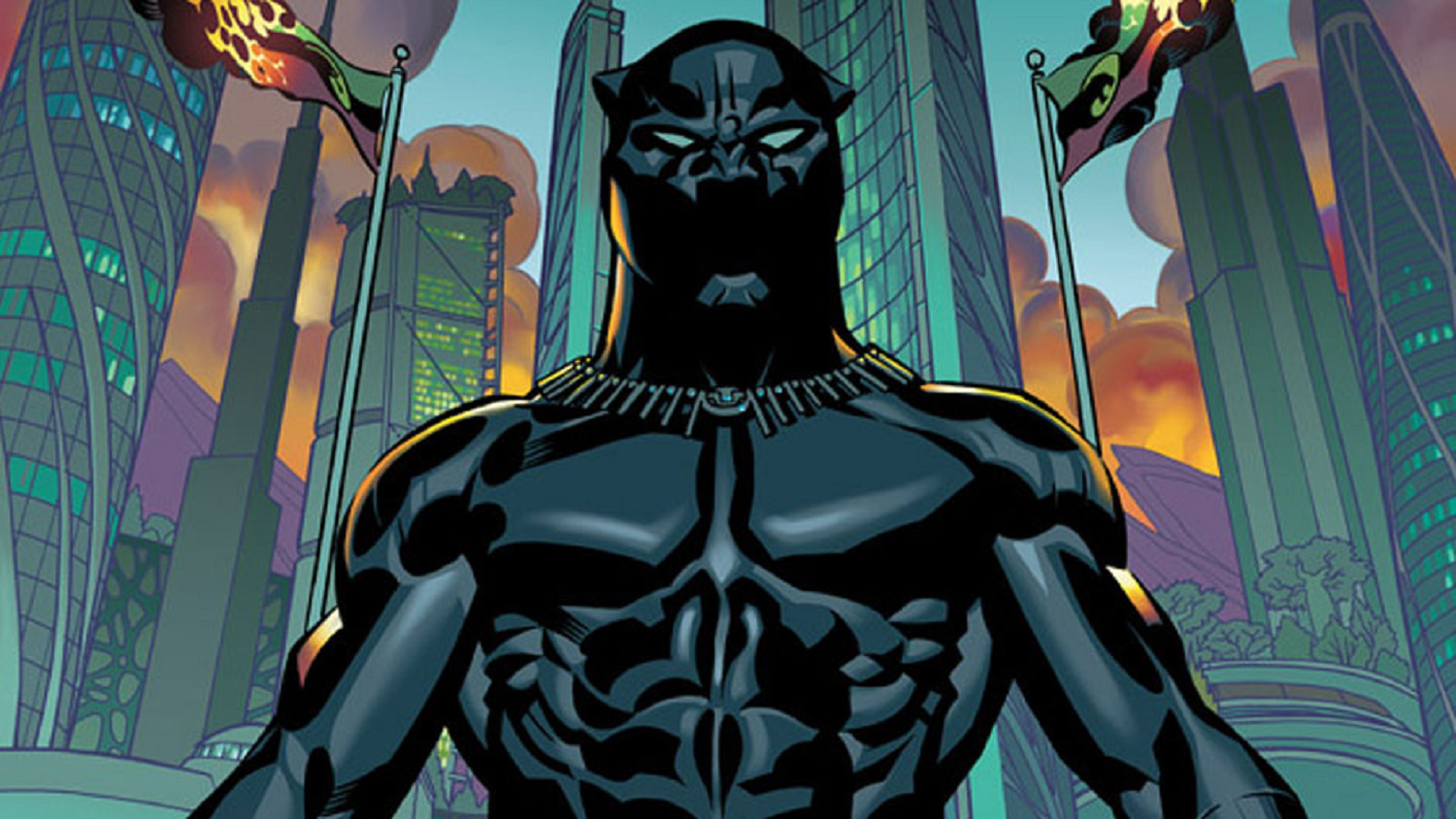
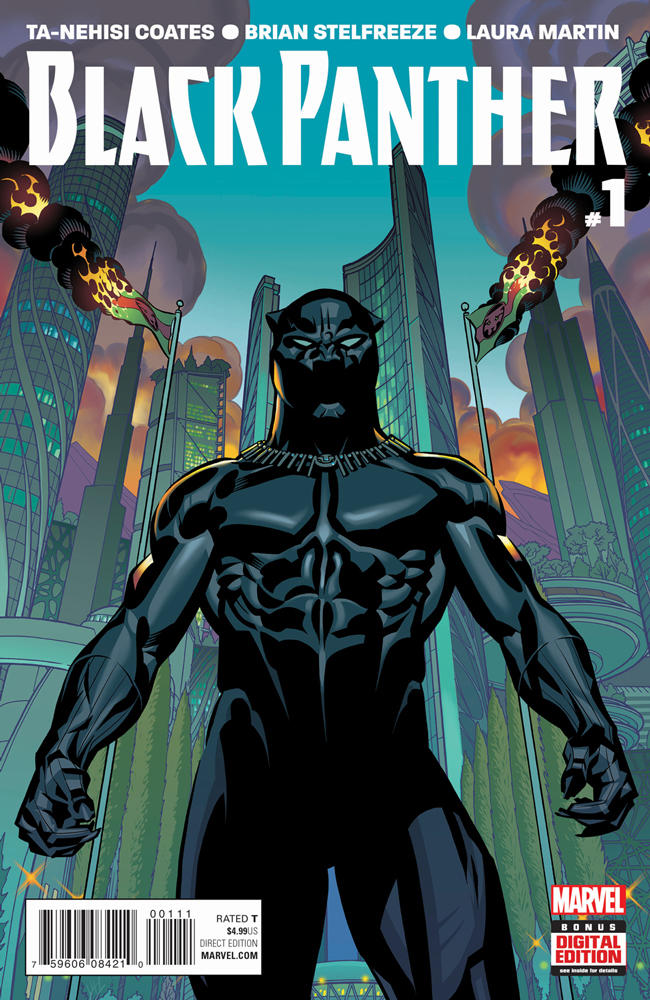
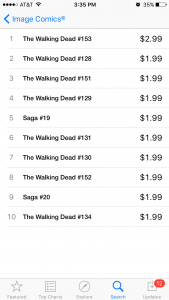
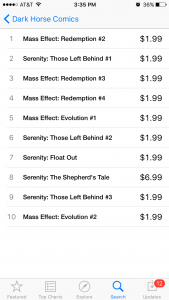
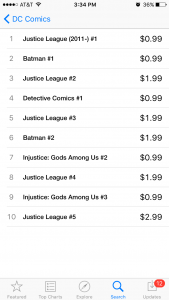
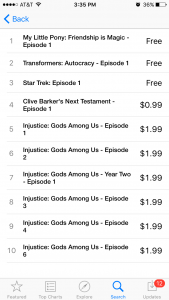
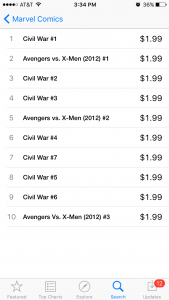
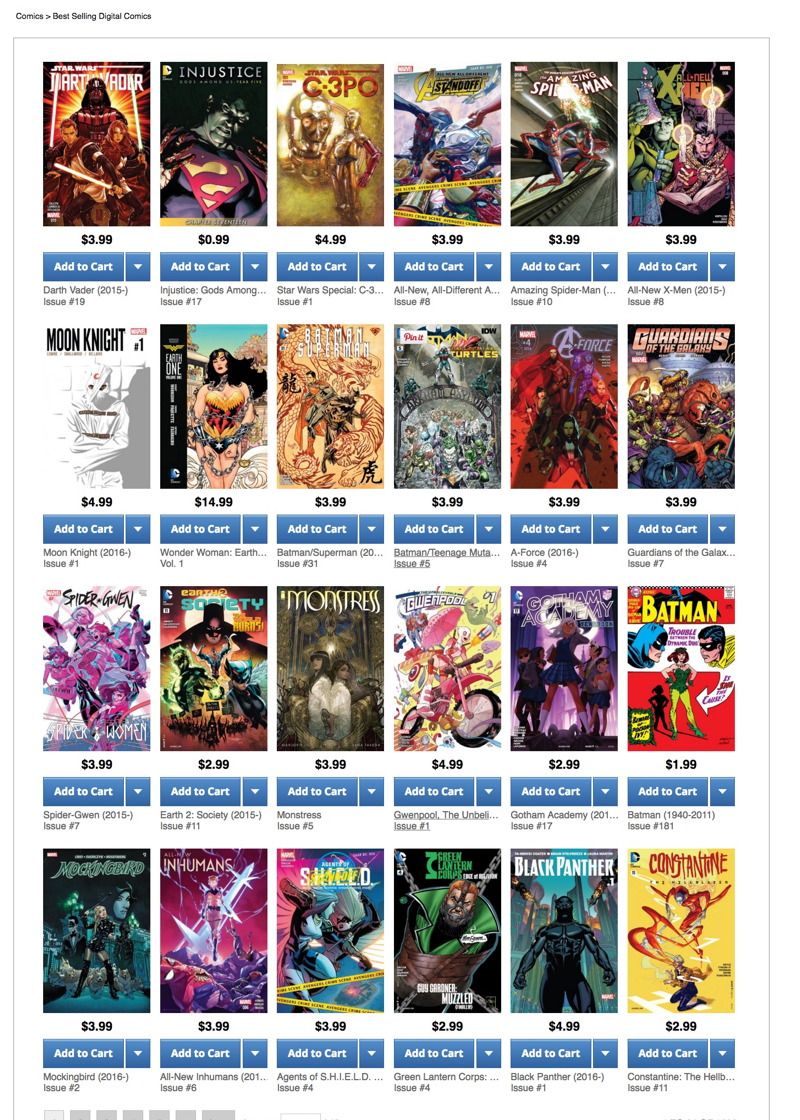
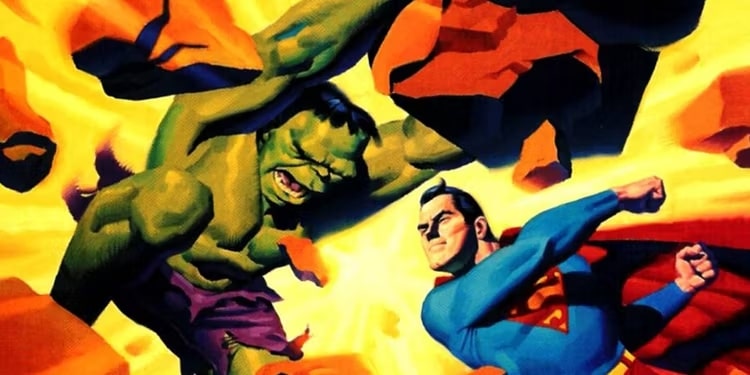




I’m reminded of Roy Thomas’s comments about Marvel’s largely failed attempts to introduce female and minority characters in the early ’70s. He remarked that black people will read comics with white heroes, but it’s hard to get whites to read comics with nonwhite heroes.
And he said it was even harder to get males — of any race — to read a comic where the protagonist is female.
Unfortunately, this mindset remained in effect for many years after the early ’70s … much as Hollywood used the box-office failures of “Supergirl” and “Catwoman” to say “Female superhero movies don’t sell.”
Ivan Brandon writes: “You wouldn’t blame the supermarket’s customers for declining sales on corn flakes.”
No, but I wouldn’t blame them if they stopped carrying them. Or if the manufacturer stopped making it.
Comments are closed.